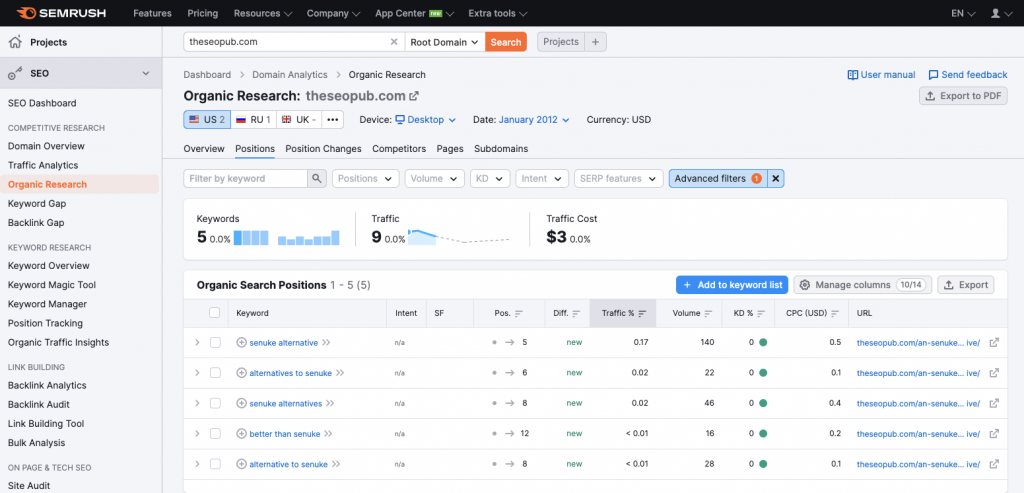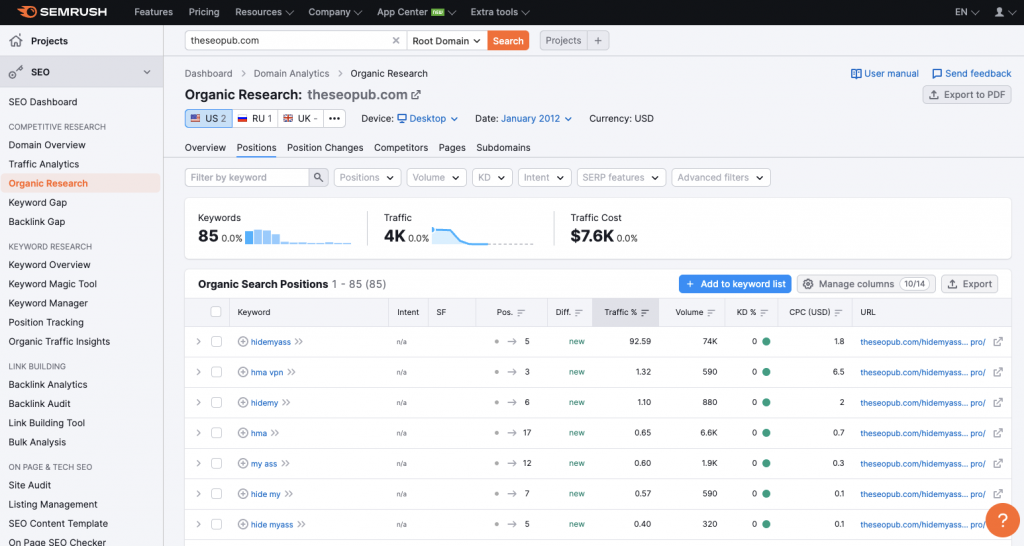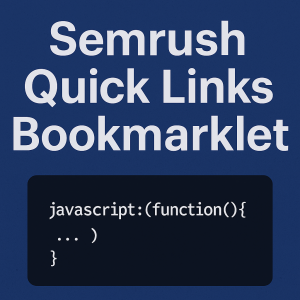
I have seen this technique discussed a lot over the years, and it is one of my favorites to use.
People call it different things. Brand hijacking, brand jacking, brand hacking… or whatever else they can think of.
The idea is the same.
There are a number of situations you can use it in, but it is commonly used when you are a smaller player in a market trying to get people to notice you. You piggyback off of more popular brands.
It’s not limited to smaller brands. Bigger brands use the strategy all the time too.
The simplest way to do this is by using search queries that involve the words alternative(s) and versus (or vs).
No matter how popular a brand or product is, there is a collection of people out there who either do not like it or find it too expensive.
That’s where this technique comes in and there are a variety of ways you can use it.
The main crux of it is that instead of trying to rank for the more popular, but much more competitive brand name, you are going to target people looking for an alternative to it.
Let’s look at some real examples of what I mean.
Many people have heard of Trello. It’s a hugely popular task management tool that centers around kanban boards.
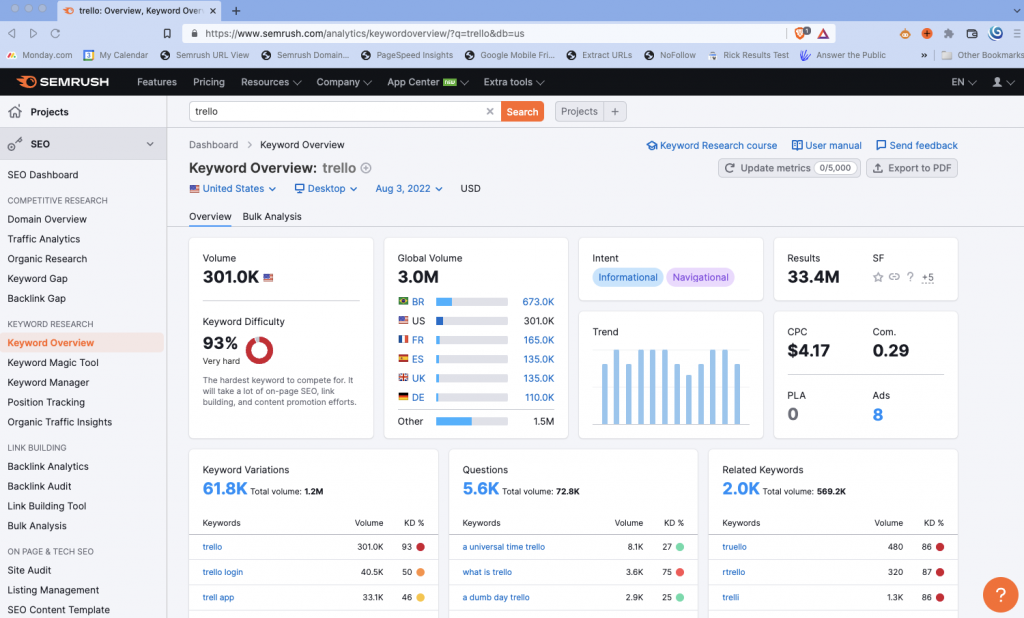
Trying to rank for a term like that is going to be extremely difficult.
I don’t put a ton of stock in keyword difficulty rankings in tools, but I do think they tend to be more accurate at the higher end of the scale. In other words, when they say something is going to be very difficult to rank for, they are usually right.
The scores can also be useful when comparing similar terms to one another just to get a relative idea of the difficulty.
The term Trello is going to be out of the realm of possibility for most websites, but what about trello alternative?
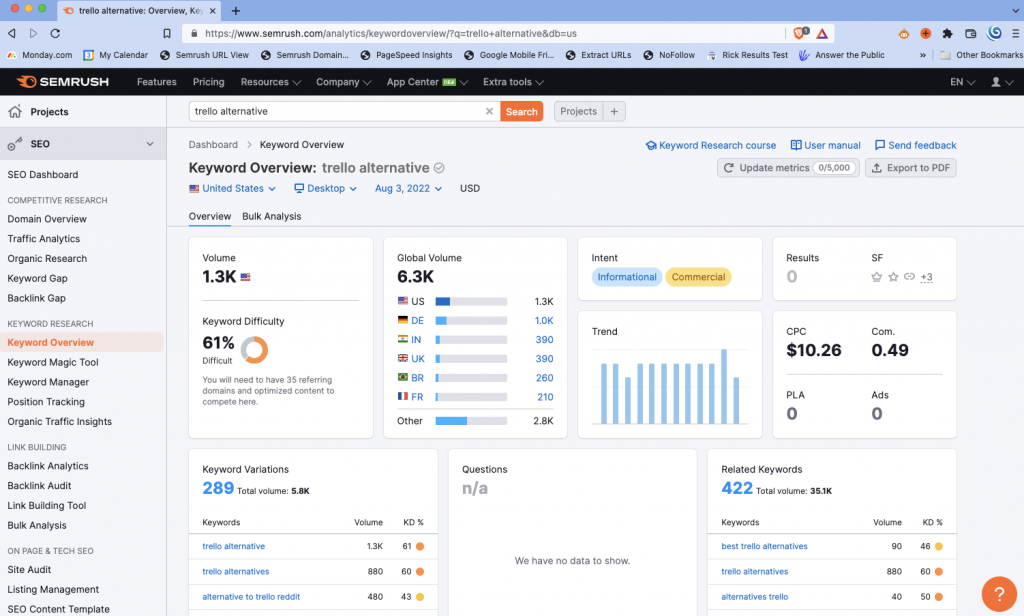
Still not easy, but much less difficult. As a bonus, the intent is exactly what you would want. These are people actively searching for a different tool. If you have a competitive option, you have a great chance of winning these people over to try what you offer.
In the same market, let’s take a look at Monday.com. Another hugely popular tool used primarily for project management, and another difficult term to target.
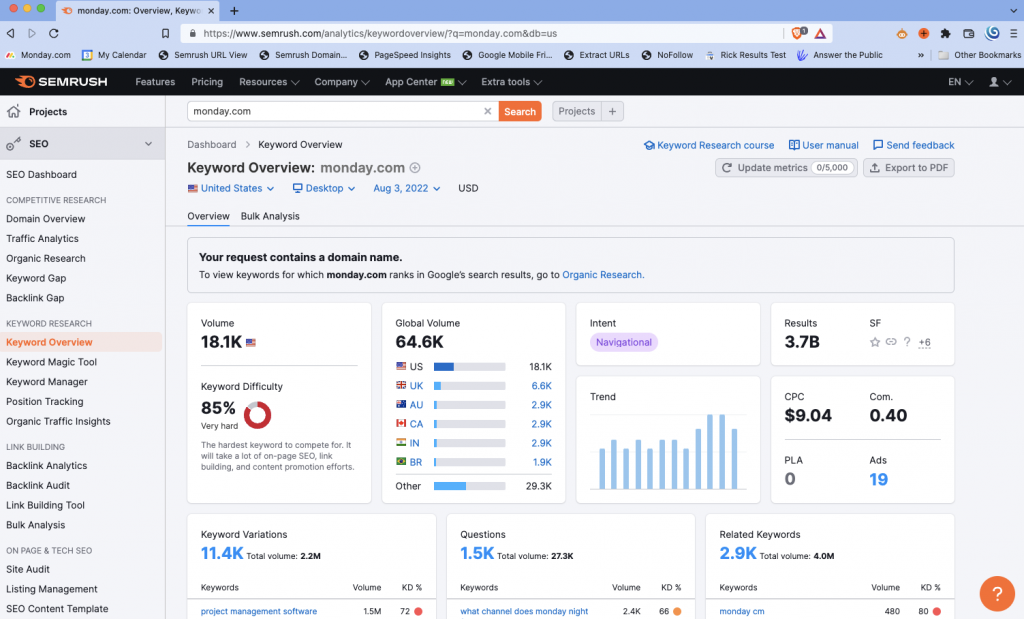
But now take a look at monday alternative.
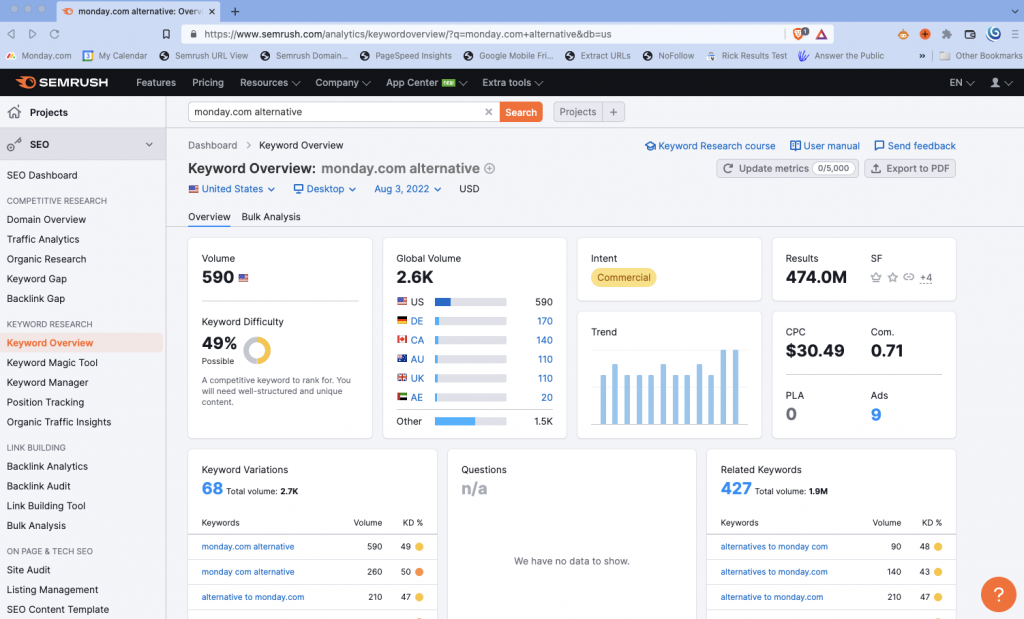
Still a healthy search volume, especially when you include all the keyword variations, much easier to rank for, and the search intent is that of buyers. These are people looking to move away from Monday to something else.
Now, take it a step further. What about trello vs monday?
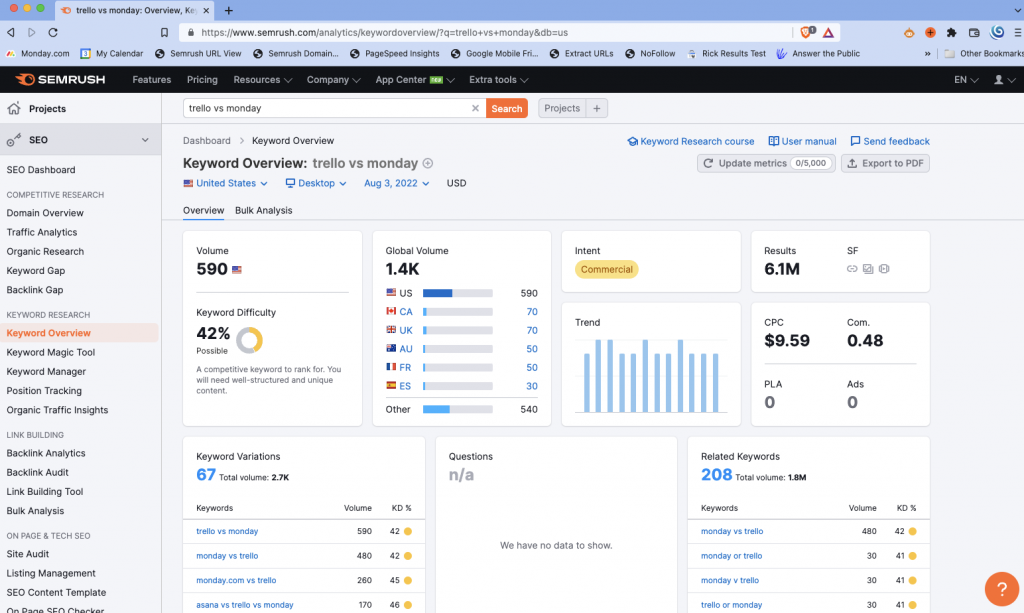
Another much easier query to rank for, also with good search intent.
Do you see where you can go with this?
notion vs evernote
google keep vs onenote
monday vs clickup
alternatives to trello
best alternative to clickup
You can add all kinds of variations to these and create your own cluster of content around them. Sometimes, you will also find there is a lot of search volume around ‘cheaper alternatives to XYZ’ , so don’t forget to investigate those too. Things like cheaper alternatives to monday.
Bonus – Using Brand Hijacking to Build Your Own Brand
One of my favorite things to do is to use SEO to build a brand or, like I talked about in a previous note covering Uproad’s SEO strategy, to create a market where one may not already exist.
You can use this concept of brand hijacking to do the same thing with your brand.
It is actually really simple. You take the same idea around versus searches, but you append your brand on the end.
Let’s say you made a SaaS tool that was a competitor in the note-taking space. Notion, OneNote, Evernote, etc. are the big players there.
What you do is create content for the people targeting comparisons of these tools, and then add yours. Let’s say yours is called UltimateNote (I hope that doesn’t exist already).
Notion vs OneNote vs UltimateNote
What you are really targeting is the query Notion vs OneNote. Nobody is searching for UltimateNote, yet. You make sure you include Notion and OneNote at the front in your headings and the title tag. You may be tempted to include your product first in the content, but the better option is to include them first.
Then do it with the other competitors.
OneNote vs Evernote vs UltimateNote
Notion vs Evernote vs UltimateNote
If people are searching for Notion vs OneNote vs Evernote, you could also use that.
Notion vs OneNote vs Evernote vs UltimateNote
What you are doing is creating brand recognition by playing off of other established brands. Nobody knows what UltimateNote is, but if you start ranking for these terms, people will see it.
This Is Not New
I have been using this same concept for over a decade now.
TheSEOPub.com used to be a much different site. It was more of a blog about SEO, where I still shared tips and strategies, as well as covered SEO news topics. It even had a beer of the month review.
I also used it for some affiliate marketing in the SEO space.
Semrush was not as good at picking up all the keywords back then. It isn’t showing any of the ‘vs’ searches I was targeting. I can also tell you the search volumes are lower on here then what they were in reality, but you can still see some evidence of what I’m talking about.
This is for January of 2012. That was probably about two years or so after I had stopped actively worrying about these pages, but Semrush data doesn’t go back further than that.
At the time I had two content clusters targeting alternatives to SENuke (for those of you that remember that pile of trash) and HideMyAss.
